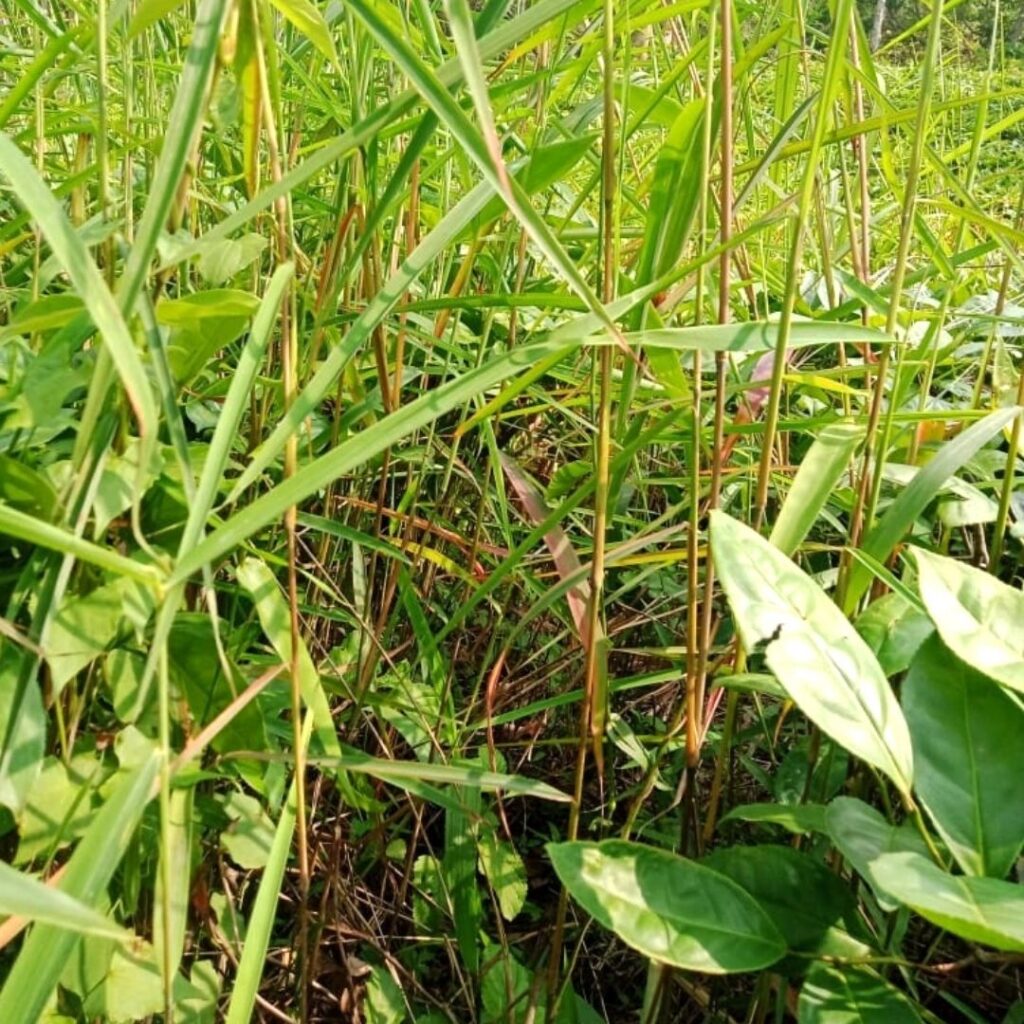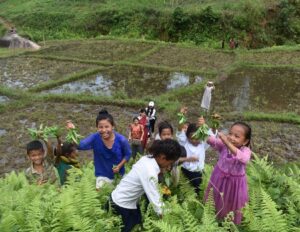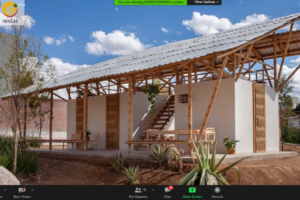Samingre is a small, peaceful village of 100 households, located in West Garo Hills. The village is self-sufficient and most of its people are dependent on agriculture. Samingre is an active and promising partner village of NESFAS. The Community Hall renovation project undertaken by NESFAS has been successfully completed in 2021, and the recent monitoring and cluster workshop on participatory research and ALC experiments conducted there for Community Facilitators from all of the partner villages of NESFAS in Garo Hills which is part of the NESFAS project “Empowering Indigenous Communities through Agroecology Learning Circles (ALCs) for resilient, integrated and innovative natural resource management” supported by MBMA and funded by the World Bank under the Community Led Landscape Management Project (CLLMP).
The story of Samingre traces back long ago to a passage in time, when the village was but a thick mass of jungle, a nameless wilderness, out of the reach of human civilization. Two sisters, Noan and Kalji, together with their husbands Tomon and Jengran, moved out of Do·rengki Nengmandal in East Garo Hills in quest of better lives. Jalsi and Rangdi, another set of sisters, accompanied them on this journey. After moving around from one place to another, Noan and Kalji proposed that they find a place to settle down instead of leading nomadic lives. Jalsi and Rangdi stubbornly rejected the idea and thus, they came to a deadlock. The adamant attitude of Jalsi and Rangdi got on the nerves of Noan and Kalji and their husbands, Tomon and Jengran. In a fit of anger, the four of them pushed Jalsi and Rangdi off the steep waterfalls of Ja·pa Cholsi, leaving the two sisters to their fate. Meanwhile, it is said that the youngest sister of Noan and Kalji, Norime, stayed back to settle at Bansam.

Having got rid of the obstacle in their way, Noan and Kalji and their husbands embarked on their journey once again. Soon enough, they reached the banks of the Ringgi river and stopped to rest. The place was pleasant, the land was fertile, and they found it to be an ideal location for settlement. However, they wondered if the owner of the forest, the God Abetpa Ranggapa would give them his consent to establish their homes there, and so they asked him to answer them. The God Abetpa Ranggapa appeared in their dreams, affirming his consent. The four were overjoyed and cleared the patch of Samin, a long stalked grass found in abundance in the area, to make space for their homes. The cut grass was bound and used to make thatched roofs in their huts. It also served as fodder for cattle, and continues to do so. In honor of the grass they cut down to establish their homeland, they named their place of settlement as Samingre, in which “gre” means locality. The Samin grass also finds its place in Garo literature in a poetry known as “Sallingni Katta”, in a compilation by Dewansing Rongmuthu, where the Samin grass withering has been believed to signify the change of seasons from the Monsoon to the dry spells of Autumn.
Some generations after Noan and Kalji, their descendants and spouse, Dingjeng T Sangma and Tangme Ch Marak, converted to Christianity in 1958. Ever since, their descendants have been following the faith and reside in Samingre till date and continue to sow on their land and practice agriculture. More Samin grass is cut down every year to make way for vegetation, though thatched roofs are now replaced with concrete houses. This makes one wonder if the very thing that gave foundation to their village, the Samin grass, on the decline, should be a cause of concern, making a gradual shift to “Samingre without Samin”? Or should one rather focus on the positive aspect and be happy that the village is now marching toward progress and prosperity?



